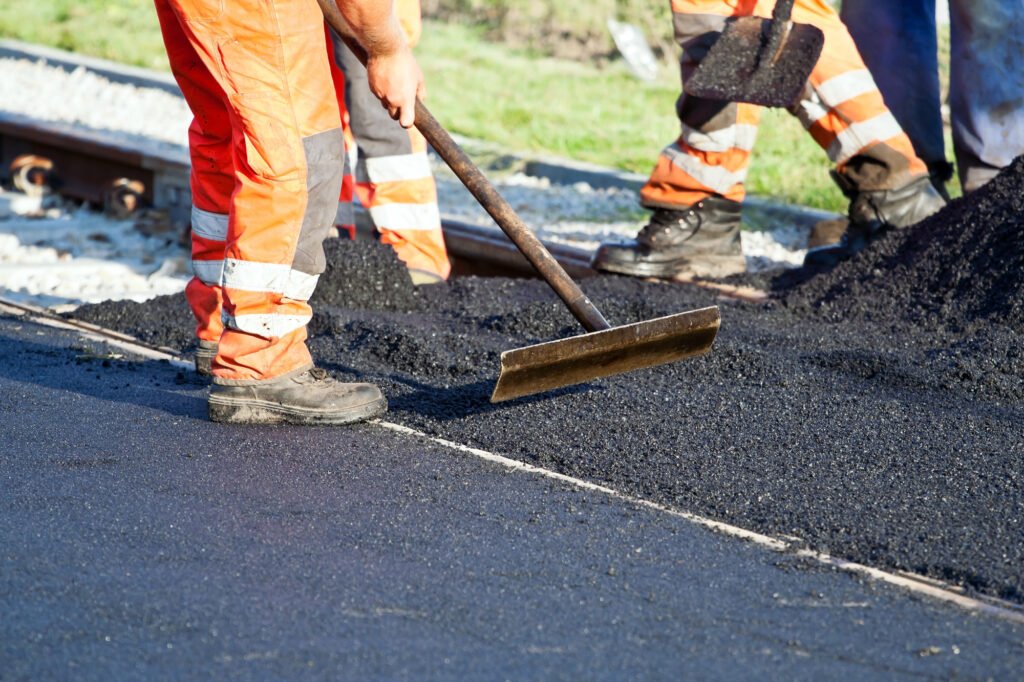services details
Supply all kind of Aggregate
To supply a comprehensive overview of different types of aggregates, I’ll cover the main categories including their definitions, uses, and examples. Aggregates are broadly classified into various types based on their characteristics and uses in different industries, especially construction. Here is an organized summary:
- 10MM
- 20MM
- 45MM
- 60MM
- Core Sand
- Fine Sand
Natural Aggregates
Sand
- Definition: Fine aggregate material composed of finely divided rock and mineral particles.
- Uses: Concrete, mortar, glass, ceramics, and as a filtration medium.
- Examples: River sand, beach sand, dune sand.
Gravel
- Definition: Coarse aggregate formed from the weathering and erosion of rocks.
- Uses: Concrete, road base, railway ballast, drainage systems.
- Examples: Pea gravel, crushed stone, river gravel.
Crushed Stone
- Definition: Mechanically crushed rock fragments.
- Uses: Construction aggregate, road base, railway ballast, concrete aggregate.
- Examples: Limestone, granite, trap rock.


Artificial Aggregates
Lightweight Aggregates
- Definition: Low-density materials used to reduce the weight of concrete.
- Uses: Lightweight concrete, insulation, precast panels.
- Examples: Expanded clay, shale, perlite.
Heavyweight Aggregates
- Definition: High-density materials used to add weight to concrete for radiation shielding or other special applications.
- Uses: Radiation shielding, counterweights.
- Examples: Barite, magnetite, hematite.

